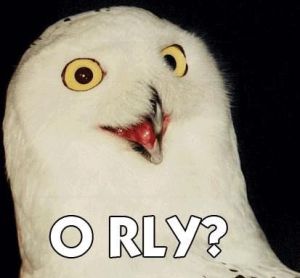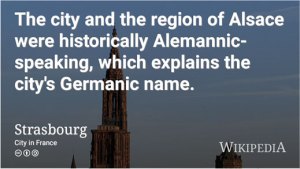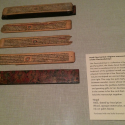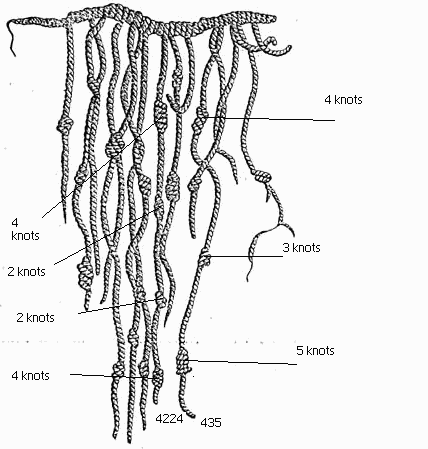We’ve fallen in love with putting text in image formats on the Internet.
On some level, this is nothing new. For as long as humans have been making art, text and imagery have intermingled. To speak only of the computer age: Photoshop has a text tool, after all, and wherefore a tool if not to be used? One of the earliest viral images in my memory, from 2005, is the O RLY? owl, seen below. And then of course, we’ve long had Someecards and Lolcats (both ca. 2007).

Traditional usability heuristics condemn embedding text within images, because text in images can have problems with readability, and it’s obviously not searchable. And, of course, HTML canonically separates image tags from text tags. Moreover, if we close our eyes and are asked to think of an image, whatever comes to mind will likely not include any text. It seems, at least prototypically, that images and text are meant to be separate.
But, if anything, our images are only getting more text-laden. Wikipedia recently enhanced their Android app in order to allow users to share text extracts from articles as images. An example appears below.

On the surface, this seems absurd. What’s going on?
I think it has to do with social media. Platforms like Tumblr have seemed to work best with images, and users on this site have long preferred text embedded within images. For a while I ran a Top Chef–inspired blog, where I published screenshots from recent episodes along with their captions, written as text; a friend urged me to incorporate the text into the image so she could share the images on her own tumblog more easily.
This trend seems to have crept into other social media platforms, too: Facebook’s algorithm seems to favor images over text in constructing your newsfeed. Since 2013, Twitter has automatically shown images within its stream, whereas previously the service was text-only. Thus sharing text in images on Facebook makes them more visible, and sharing images on Twitter allows users to bypass the 140-character message limit.
Whether these things are causes of our text-in-image frenzy or co-conspirators is an open question.
Perhaps it reflects our society’s orientation toward the visual rather than the oral, which seems to be getting stronger and stronger. (Think about how “no one reads anymore” but how “300 hours of video are uploaded to YouTube every minute.”)
In a recent interview, social researcher danah boyd discussed that this orientation has had ramifications in other areas of our lives, such as how we now navigate conflict. In the workplace, she says, if there is a problem between two employees, they won’t deal with it verbally, as employees might have done in the past. Instead, they will use a written medium, such as email, to express their arguments—and perhaps protect themselves. The bottom line is that, as our lives are structured, we have more exposure to and comfort with textual, visual environments.
And yet, orality is primary, whereas literacy (and visuality) is secondary. What does this mean for the future?
 Follow
Follow

